- 1-overview-of-commercial-trampoline-parks
- 2-core-structural-components
- 3-safety-features-and-regulations
- 4-diverse-activity-zones
- 5-customer-experience-and-management
- 6-case-study-successful-park-example
1. Overview of Commercial Trampoline Parks
The anatomy of a commercial trampoline park extends beyond just rows of trampolines. These parks are meticulously designed entertainment hubs combining fun, fitness, and social interaction. They have surged in popularity across the US, offering unique recreational opportunities for all ages.
Commercial trampoline parks are large indoor facilities that emphasize safety, diversity of activities, and community engagement.
2. Core Structural Components
At the heart of every commercial trampoline park lies a series of interconnected trampolines. These are supported by robust steel frames and padded edges to minimize injuries. The flooring often consists of high-quality foam pits and cushioned mats surrounding the jumping areas.
Walls are frequently lined with angled trampolines, allowing visitors to bounce off vertically, creating dynamic play experiences. In addition, observation decks and lounge areas offer spaces for parents and guardians to watch comfortably.
3. Safety Features and Regulations
Safety is paramount in commercial trampoline parks. These facilities must comply with strict industry standards and local regulations to ensure visitor protection. Common safety measures include:
- Professional staff trained in first aid and emergency response
- Clear signage outlining rules and safe jumping practices
- Regular equipment inspections and maintenance
- Use of protective padding and barriers
- Enforced capacity limits to avoid overcrowding
Implementing these safeguards helps reduce accidents and enhances guest confidence.
4. Diverse Activity Zones
Modern trampoline parks feature various zones tailored for different skill levels and interests. Popular sections include:
- Dodgeball Arenas: Trampoline surfaces combined with dodgeball courts add competitive fun.
- Dunk Zones: Elevated basketball hoops allow players to slam dunk while bouncing.
- Foam Pits: Safe landing zones filled with foam cubes for practicing flips and jumps.
- Kids’ Areas: Designed with softer trampolines and smaller spaces for younger children.
5. Customer Experience and Management
Beyond physical design, the success of a trampoline park relies on exceptional customer service and efficient management. From easy online booking systems to friendly staff and engaging group events, parks strive to create memorable experiences.
Facilities often host birthday parties, fitness classes, and corporate events, broadening their appeal.
6. Case Study: Successful Park Example
Consider the success story of a trampoline park in Austin, Texas, which integrated all these elements flawlessly. By investing heavily in safety training and diversifying activity zones, they attracted families, teenagers, and fitness enthusiasts alike. Their collaboration with Trampoline Zone helped source the best equipment, contributing to their reputation as a premier recreational destination.
This example showcases how attention to detail and quality partnerships define the anatomy of a thriving commercial trampoline park.



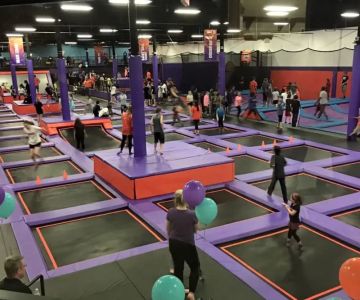
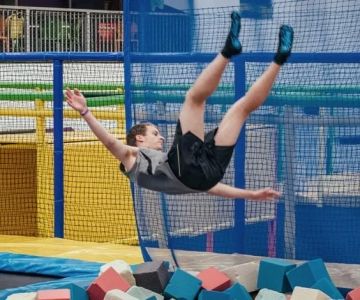
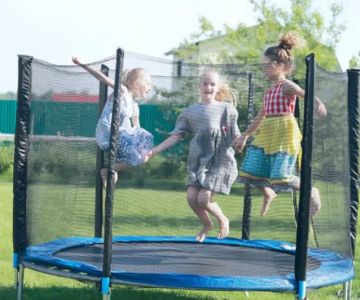
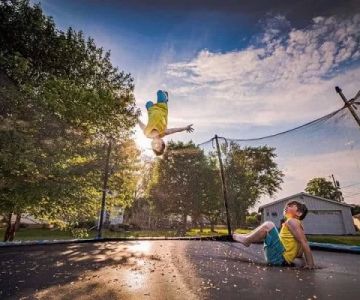
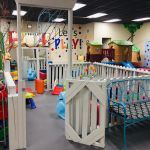 Let’s Play3.0 (25 reviews)
Let’s Play3.0 (25 reviews)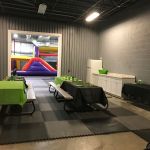 Titanium Athletics4.0 (107 reviews)
Titanium Athletics4.0 (107 reviews)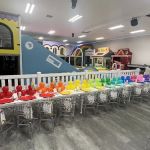 Lily Pad Playground4.0 (25 reviews)
Lily Pad Playground4.0 (25 reviews) DICK'S Sporting Goods3.0 (487 reviews)
DICK'S Sporting Goods3.0 (487 reviews) Malibu Jack's Ashland4.0 (2590 reviews)
Malibu Jack's Ashland4.0 (2590 reviews) Silva Park4.0 (40 reviews)
Silva Park4.0 (40 reviews) Are Trampoline Parks Safe for Kids? Essential Guide for U.S. Parents
Are Trampoline Parks Safe for Kids? Essential Guide for U.S. Parents How Often Should You Replace Trampoline Springs? Tips for Proper Maintenance
How Often Should You Replace Trampoline Springs? Tips for Proper Maintenance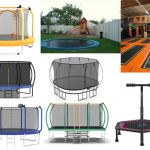 How Much Is a Trampoline? A Detailed Guide to Trampoline Costs and Buying Tips
How Much Is a Trampoline? A Detailed Guide to Trampoline Costs and Buying Tips Bounce Techniques for Stronger Legs: Effective Exercises and Tips
Bounce Techniques for Stronger Legs: Effective Exercises and Tips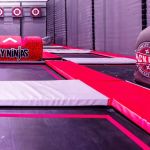 Essential Music Gear for Trampoline Dance: Complete Guide
Essential Music Gear for Trampoline Dance: Complete Guide Fun STEM Experiments Using Trampolines to Spark Curiosity and Learning
Fun STEM Experiments Using Trampolines to Spark Curiosity and Learning